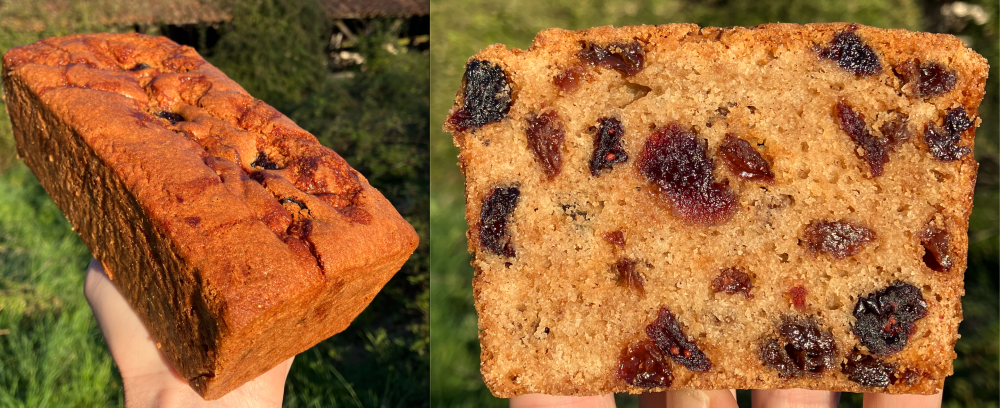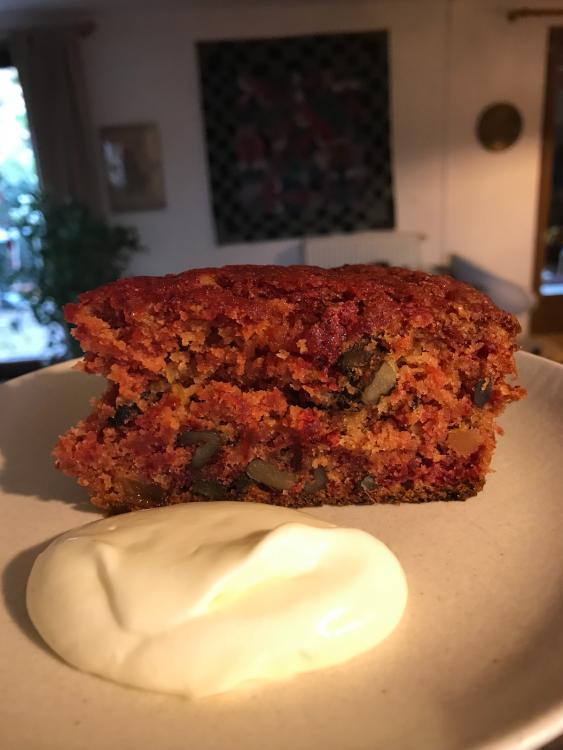
Pete Fred
participating member-
Posts
555 -
Joined
-
Last visited
Content Type
Profiles
Forums
Store
Help Articles
Everything posted by Pete Fred
-
Your Daily Sweets: What Are You Making and Baking? (2017 – )
Pete Fred replied to a topic in Pastry & Baking
I think there would be another revolution if Brussels poked their nose into French unpasteurized cheese. “From my cold, dead hands” to borrow a phrase. Most supermarkets carry at least a few, and it’s not unusual for even small towns to have a fromagerie with a wide selection. No doubt the bureaucrats will come one day, but I’ll be waiting with a slice of Tomme de Savoie in one hand and a pitchfork in the other. One thing I’ve not been able to get my head around is how popular UHT milk is in France. OK, maybe raw milk is a push for a lot of people, but the preference for sterilized over pasteurized is baffling. Similarly with fresh cream; there’s plenty of cultured crème fraîche, but when it comes to pouring cream the vast majority is the nasty UHT stuff with added stabilizers. It’s also next to impossible to get fresh cream above 30% fat, so whipping by hand today’s batch for the Eton Mess was a helluva workout, let me tell ya! -
Your Daily Sweets: What Are You Making and Baking? (2017 – )
Pete Fred replied to a topic in Pastry & Baking
They sell raw milk in my local supermarket so I was curious to see if it added anything extra to a (orange) créme anglaise. Answer: not that I could tell. Anyway, that needed using up so I tossed yesterday's surplus berries in the rhubarb syrup from last week, and smashed a couple of macaron shells for texture... It was so good I immediately toasted some flaked almonds and went back for seconds... I missed a trick by not adding a couple of segments from the zested orange. Kicking myself about that one. 😒 The only sour note was when turning the plate over after licking it clean... Oops. That's not aged well. -
Your Daily Sweets: What Are You Making and Baking? (2017 – )
Pete Fred replied to a topic in Pastry & Baking
I can neither confirm nor deny reports that I had two of these for lunch... The strawberries were macerated briefly with a sprinkling of sugar and a splash of kirsch (because, hey!, France). I may have to introduce my neighbours to this taste of the old country. -
Your Daily Sweets: What Are You Making and Baking? (2017 – )
Pete Fred replied to a topic in Pastry & Baking
Yeah. The strawberries were really very good... Hmmmm... Eton Mess? It's been a while since I had one of those. That might be tomorrow taken care of. 👍 (Although I don't think I have a sundae glass to do it full justice.) -
Your Daily Sweets: What Are You Making and Baking? (2017 – )
Pete Fred replied to a topic in Pastry & Baking
With the leftover meringue from the macarons, I made some little nests in anticipation of having a go at a pavlova. Then at the market this morning I spotted some rather good local gariguette strawberries, so I picked up some raspberries and blueberries (supermarket, sadly) and macerated everything with some mint and lime juice. I whipped up a rose mascarpone chantilly, et voilà... I think I got a little carried away with the presentation but, in my defence, I had just come off the back of watching the Coronation, so the red, white and blue gaudiness and ridiculous ostentation seems rather appropriate. God Save the King! 😉 -
Your Daily Sweets: What Are You Making and Baking? (2017 – )
Pete Fred replied to a topic in Pastry & Baking
Ahhhh, you'd have trouble finding me.... I now live in France! Mais tout le monde est encore le bienvenu 🙂 (Which reminds me, must go and change my profile info.) -
Your Daily Sweets: What Are You Making and Baking? (2017 – )
Pete Fred replied to a topic in Pastry & Baking
-
Your Daily Sweets: What Are You Making and Baking? (2017 – )
Pete Fred replied to a topic in Pastry & Baking
I'd never heard of a Dream Bar until yesterday. Luckily I had all the ingredients to hand... The recipe was published in a Nebraskan newspaper nearly ninety years ago but seems to be pretty standard. This adaptation used dark brown sugar and walnuts. It was nice, but I felt it needed something else to round it out; I dunno, maybe just a bit more salt. 🤷♂️ -
Your Daily Sweets: What Are You Making and Baking? (2017 – )
Pete Fred replied to a topic in Pastry & Baking
It's actually thinner: a mixture of cream cheese, yoghurt, icing sugar and juice. I feared it was too loose and was gonna slide off when cut, but it was fine. (Recipe here.) -
Your Daily Sweets: What Are You Making and Baking? (2017 – )
Pete Fred replied to a topic in Pastry & Baking
Citrus Cake (orange and lemon) by Yasmin Khan... I added some candied orange peel left over from Christmas. It was a pleasant cake and, being a one bowl affair, very easy to make. -
Your Daily Sweets: What Are You Making and Baking? (2017 – )
Pete Fred replied to a topic in Pastry & Baking
I took another run at a Tarte Vaudoise using thicker cream... No noticable difference, so that's good to know. And I was looking for any excuse to use up the syrup left over from poaching the rhubarb last week. One defrosted slice of rhubarb and rosemary cake later... -
Your Daily Sweets: What Are You Making and Baking? (2017 – )
Pete Fred replied to a topic in Pastry & Baking
Portokalopita.... I'd seen this described as sort of a Greek bread-and-butter pudding. It's crushed, dried-out filo pastry mixed with a custard and, once baked, drenched in an obscene amount of orange syrup. It was surprisingly light, and the orange flavour really popped. I'll definitely make this again. Served with some tangy Greek yoghurt to balance the sweetness it was a real winner... -
Your Daily Sweets: What Are You Making and Baking? (2017 – )
Pete Fred replied to a topic in Pastry & Baking
After a week of rhubarb regret, time to heed Escoffier's advice and keep it simple... Poached rhubarb with a vanilla crème anglaise. Too good. -
Your Daily Sweets: What Are You Making and Baking? (2017 – )
Pete Fred replied to a topic in Pastry & Baking
Today's adventure in rhubarb is from Claire Saffitz (watch her make it here)... This has rhubarb three ways: chunks, strips on top, and puree in the batter. Unfortunately it was no triple-whammy. She says it's a moist cake, but I'd say wet. And the strips on top just turned stringy. Forgettable. So that's me done with rhubarb cakes. Not worth the bother. 🤷♂️ -
If you fancy a slice of cake, Kristin Rosenau's Pumpkin Espresso Cake is rather good.
-
Your Daily Sweets: What Are You Making and Baking? (2017 – )
Pete Fred replied to a topic in Pastry & Baking
Rhubarb, Marmalade and Rosemary Cake by Diana Henry... This was an improvement on Sunday's rhubarb cake but still didn't illicit more than a shrug. The rosemary was totally invisible - maybe it's one of those things where you only notice when it's omitted - and there was a marmalade-iness to the cake element without it being too forward. It was pleasant enough with a bit of crème fraîche, and it's a not-unattractive cake, but I'm unlikely to bother again. There's one more rhubarb cake I might have a go at, but so far this little adventure has only confirmed for me that the best way to eat rhubarb is cooked simply (poached) and served as an accompaniment or with some custard. -
Your Daily Sweets: What Are You Making and Baking? (2017 – )
Pete Fred replied to a topic in Pastry & Baking
My little rhubarb patch has started delivering its bounty. After a quick ebook scan to see if there was anything intriguing, I settled on the Rhubarb Crumb Cake from Snacking Cakes by Yossy Arefi... It was disappointing, unfortunately. As it started to rise at the sides, the crumb topping was displaced into the centre, and the rhubarb all sank, resulting in a bit of a mushy bottom where the fruit released its moisture. I had no sour cream so substituted creme fraiche thinned with a little milk, so maybe that was part of the problem. But the batter was still fairly thick and I expected it to support the rhubarb. I might make a couple of adjustments and give it another go just to satisfy my curiosity. One positive takeaway, though: the addition of sumac to the crumb topping was very good. I'll definitely be doing that again. -
Your Daily Sweets: What Are You Making and Baking? (2017 – )
Pete Fred replied to a topic in Pastry & Baking
I was teasing @Katie Meadow 🙂 -
Your Daily Sweets: What Are You Making and Baking? (2017 – )
Pete Fred replied to a topic in Pastry & Baking
Adapted from a recipe by Anthony Demetre... 1 L whole milk 150g cream (35% fat) 100g butter, diced 120g sugar 180g short grain rice 5 kg raisins (optional) Bring the milk, cream, butter and sugar to a simmer, stirring occasionally to dissolve the sugar. Pour into an ovenproof dish, add the rice and stir with a fork to distribute evenly on the base. Bake at 130C/265F for 90 mins. Do not stir if you wish to preserve the skin. Test for doneness by nudging the dish. If there is a gentle wobble under the skin, remove from oven. If it looks too liquid, cook a little longer. Set aside for at least 30 minutes for the residual heat to finish cooking. Best served warm(ish) accompanied by huge bowls overflowing with raisins. 😉 I used carnaroli (risotto) rice. Arborio is good, too. Your dish needs to be at least 1.7 L (7 cups). The original recipe used a cast iron pan to bring everything to a simmer on the hob, which was then transferred to the oven to bake. It's important to spread the rice evenly to avoid pockets of dense rice. I flavoured mine with tonka but vanilla is more traditional. My 90 minutes took it to a point where there was no wobble, which is why I feared it might be stodgy. But it wasn't, being firm but light, with a creaminess towards the bottom. I liked this textural difference from a regular stovetop rice pudding. If the skin isn't as developed as you'd like, whack it under a moderate grill until you're happy. I recommend eating it somewhere between lukewarm and warm for best texture and flavour (30-60 minutes out of the oven). If chilled, any leftovers benefit from a few minutes in a low microwave. -
Your Daily Sweets: What Are You Making and Baking? (2017 – )
Pete Fred replied to a topic in Pastry & Baking
I enjoy a stovetop rice pudding from time to time but I think I was a kid the last time I had a baked rice pudding, so this was a bit of a nostalgia trip... When I scooped it out I thought it was gonna be a little stodgy and heavy, but it was surprisingly light, with a nice creamy bit towards the bottom. Plus the skin, of course. Must do this type more often. -
Your Daily Sweets: What Are You Making and Baking? (2017 – )
Pete Fred replied to a topic in Pastry & Baking
I've been on a bit of a fritter frenzy in the last week or two. Once there's a can of oil on the go, might as well make the most of it and cross off a few things in the 'to-do' folder. Choux beignets... Leche Frita, cubes of vanilla pastry cream coated in breadcrumbs and tossed in cinnamon sugar... Kuih Kodok (Malaysian banana fritters), simply mash together banana, egg, sugar and flour... Ricotta fritters (Nigella Lawson), just ricotta, egg, flour, baking powder, sugar, vanilla, cinnamon... Schenkele (Alsatian beignets), which was basically a deep-fried cookie... I liked all of them but, let's face it, you could deep fry a flip-flop and it'd taste good. -
Your Daily Sweets: What Are You Making and Baking? (2017 – )
Pete Fred replied to a topic in Pastry & Baking
The Peanut Butter Sandies in Christina Tosi's 'All About Cookies' caught my eye. The 'flour' in the cookie is Rice Krispies blitzed to a powder... ...but she says you can make it from pretzels, cookies, nuts, or other cereals. So I made some from oats... The difference in thickness is just down to me fiddling around with the bake. I've never had a sandie before and these were a nice alternative to the usual soft and chewy peanut butter cookie. I preferred the slightly grittier (sandier!) Rice Krispie version, but they weren't too dissimilar. -
Your Daily Sweets: What Are You Making and Baking? (2017 – )
Pete Fred replied to a topic in Pastry & Baking
A fruitcake from Raymond Blanc... This contained raisins, cranberries and sour cherries. The batter was made by the reverse creaming method and produced quite a crumbly texture that reminded me of a Gateau Basque. It was good. For anyone who's seen Raymond's television series and remembers "Adaaaam!", there's a cute story to go with the cake... "Once upon a time there was a Cornish woman who loved to cook. Lilian Gladys Johnson was her name. She baked lots of cakes, and one of her favourites was a fruitcake. She called it her 'cut and come again cake', and it sat on a table, but not for long because her family helped themselves, cutting a slice ... and coming again, for another slice, or a pinch of moist crumbs. Well, with all that baking she was lucky to have a helper, her little grandson Adam. It was there, in the kitchen with his grandmother - and with his mother - that young Adam discovered a real enthusiasm for cooking. He grew up to become a chef. The story is sweeter still because I am proud to call Adam Johnson my protégé. I am also honoured to share that recipe for his grandmother's cut and come again cake." -
Your Daily Sweets: What Are You Making and Baking? (2017 – )
Pete Fred replied to a topic in Pastry & Baking
I took a Beetroot and Ginger Cake (Ottolenghi) to a small gathering... It's pretty similar to carrot cake but makes a nice change. You can't really tell from the lighting but the colour of the beetroot is quite vibrant (due to adding vitamin C powder to the batter). -
I do not, unfortunately. But I doubt it's anything too fancy. Possibly just a light caramel deglazed with cream, then Poire William liqueur and/or the pear roasting juices mixed in. Something like this, maybe, but sadly no photo.



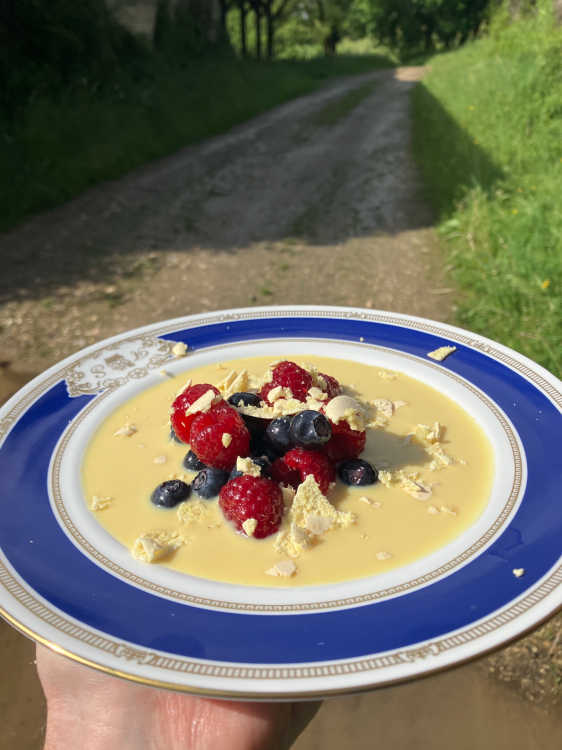
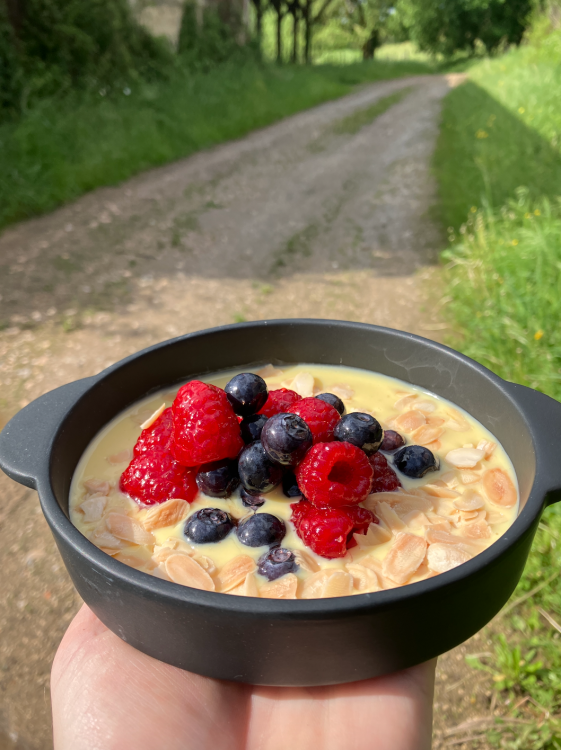
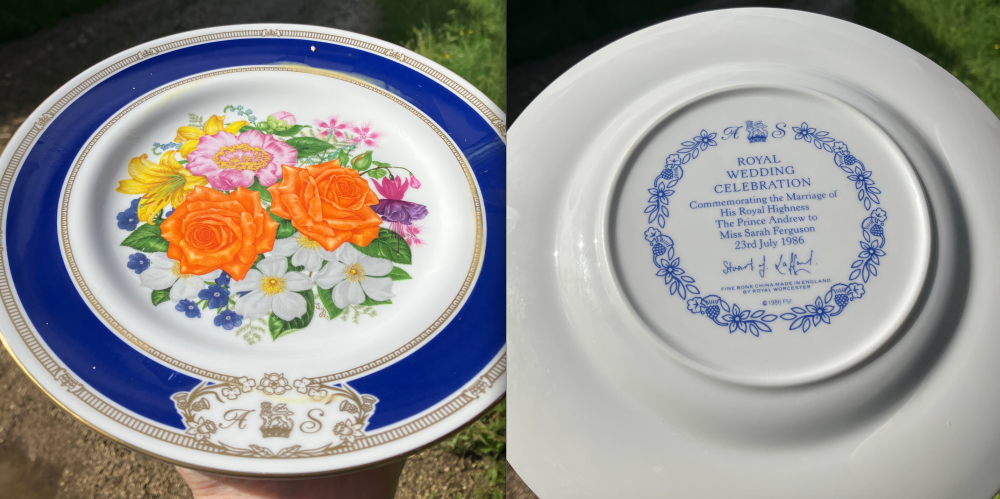



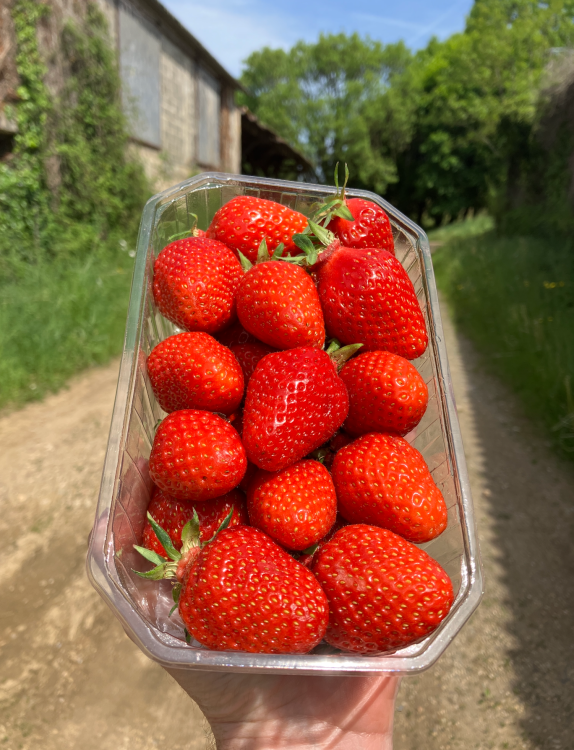

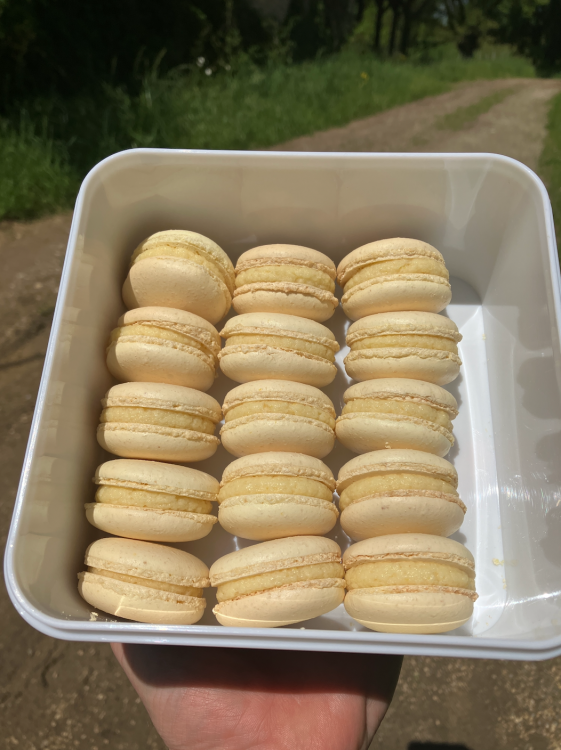




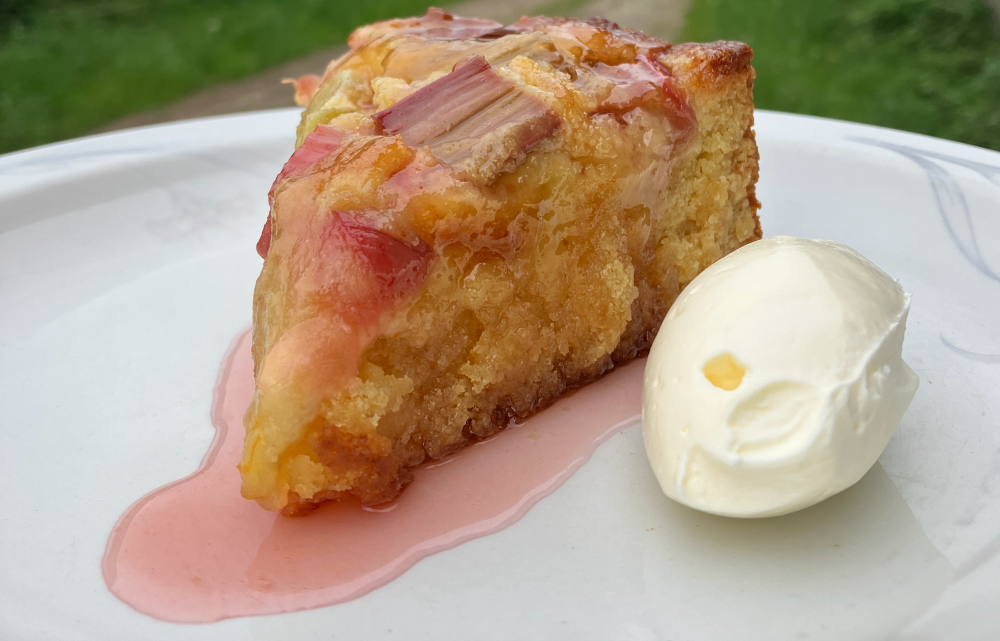

.thumb.png.74c404612aa61a0febc92caf964ab52c.png)
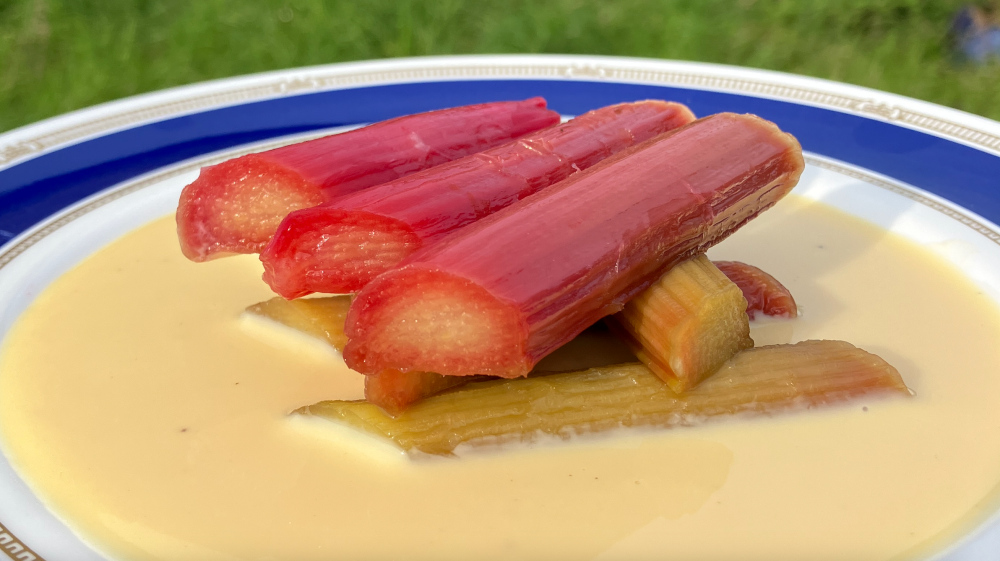
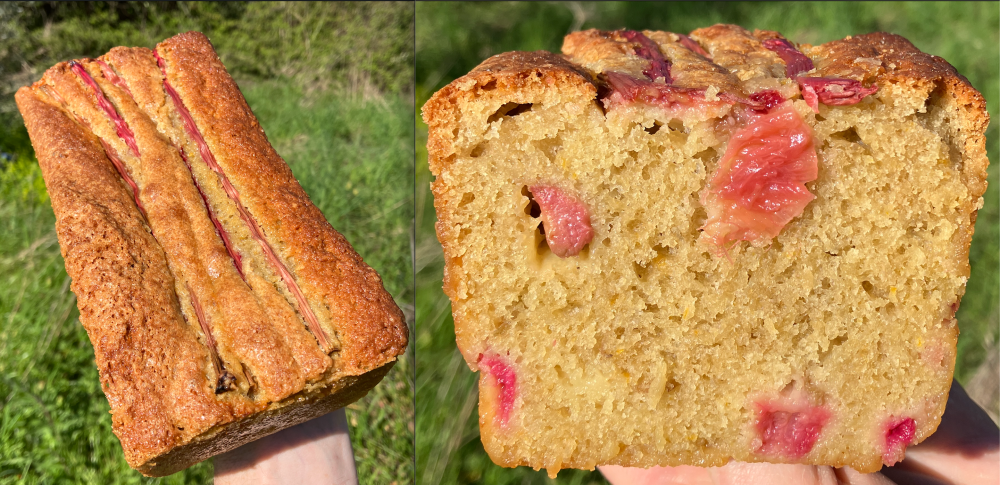

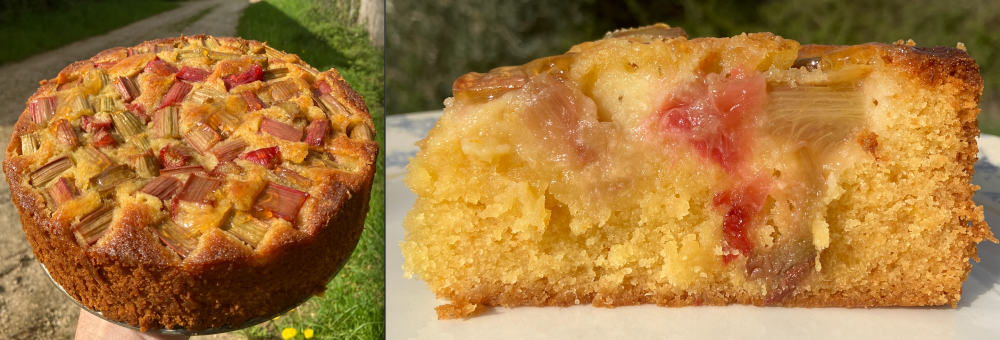
.thumb.png.bec6b9ada91fcf9a217c8fa065ecd4dd.png)

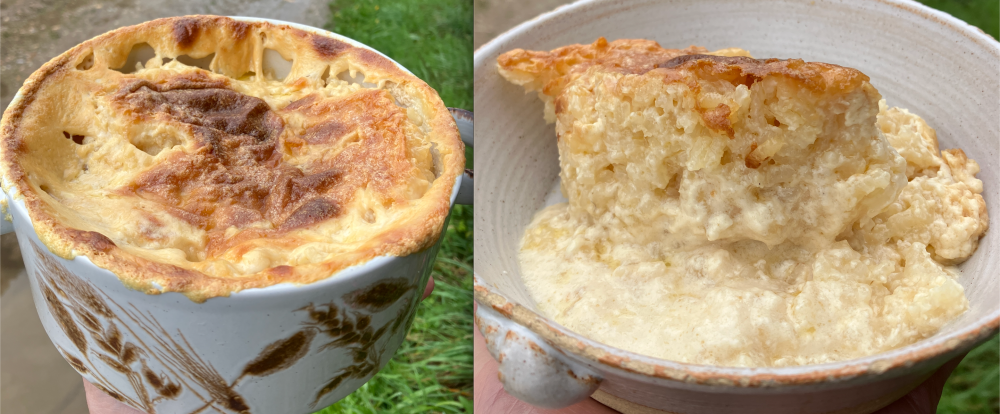
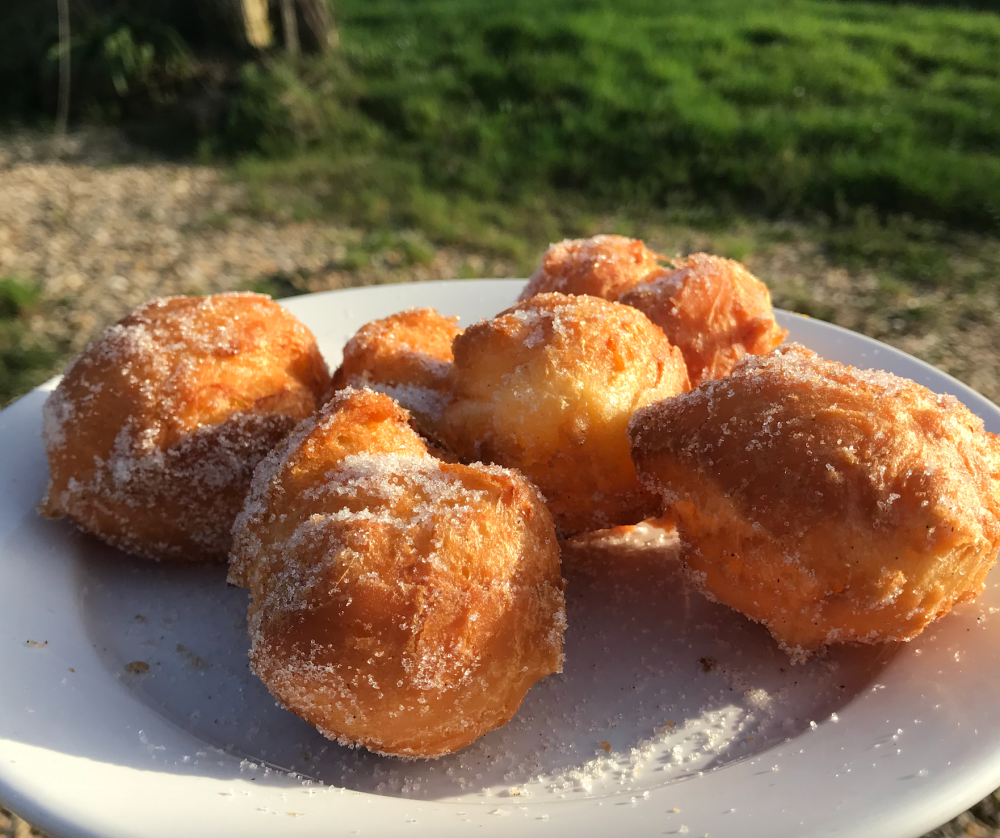
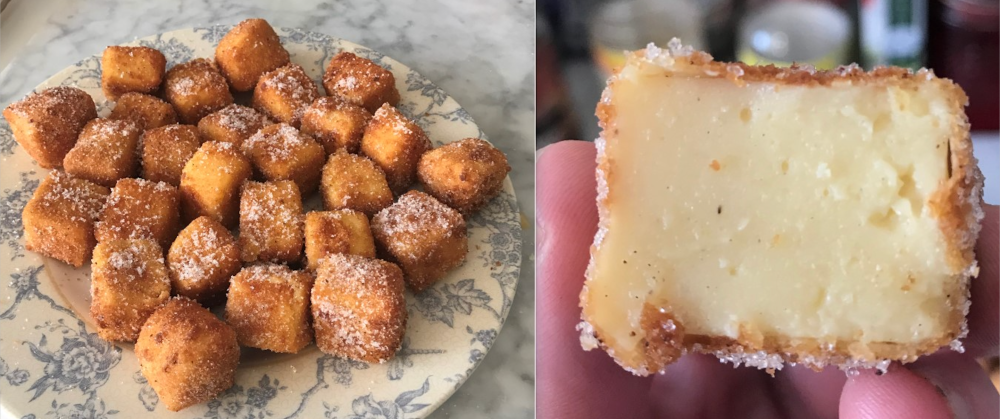
.thumb.png.43b183a3d5191e49cb10d33a44dfcd06.png)
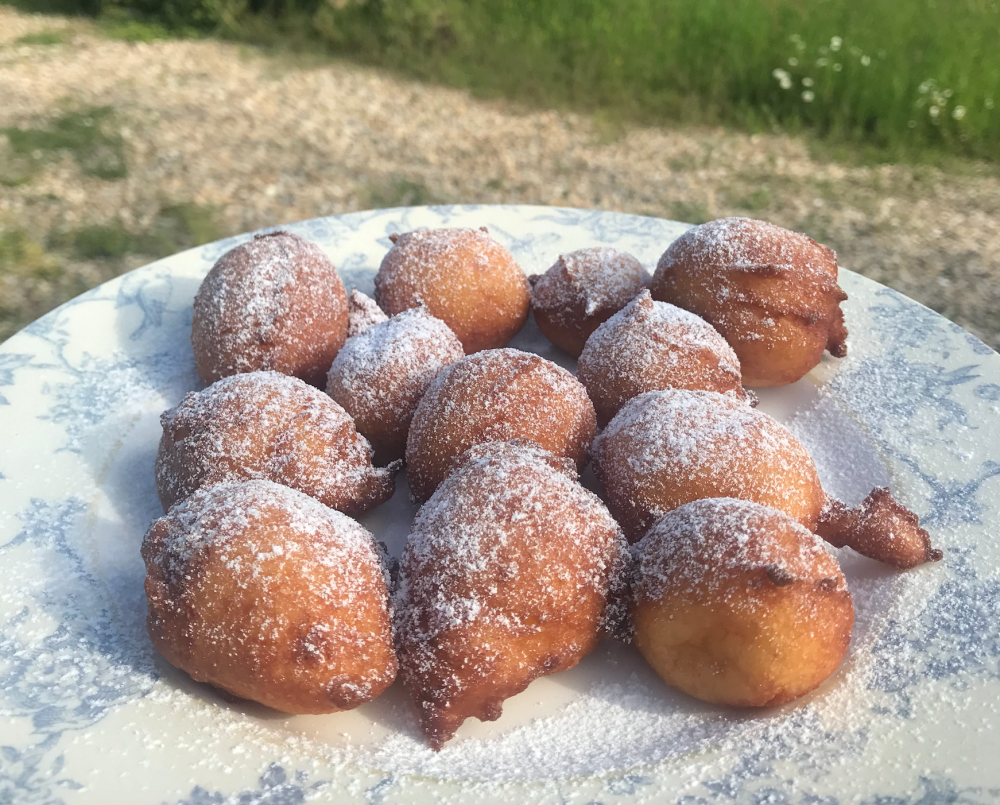
.thumb.png.4ff8a1d3890ffa6486e06aeeff799e00.png)
.thumb.png.302ef8c160f2f4cf487dbdac78e7328a.png)
.thumb.png.09c63f7877004c83eb0f253f4b8e8733.png)
